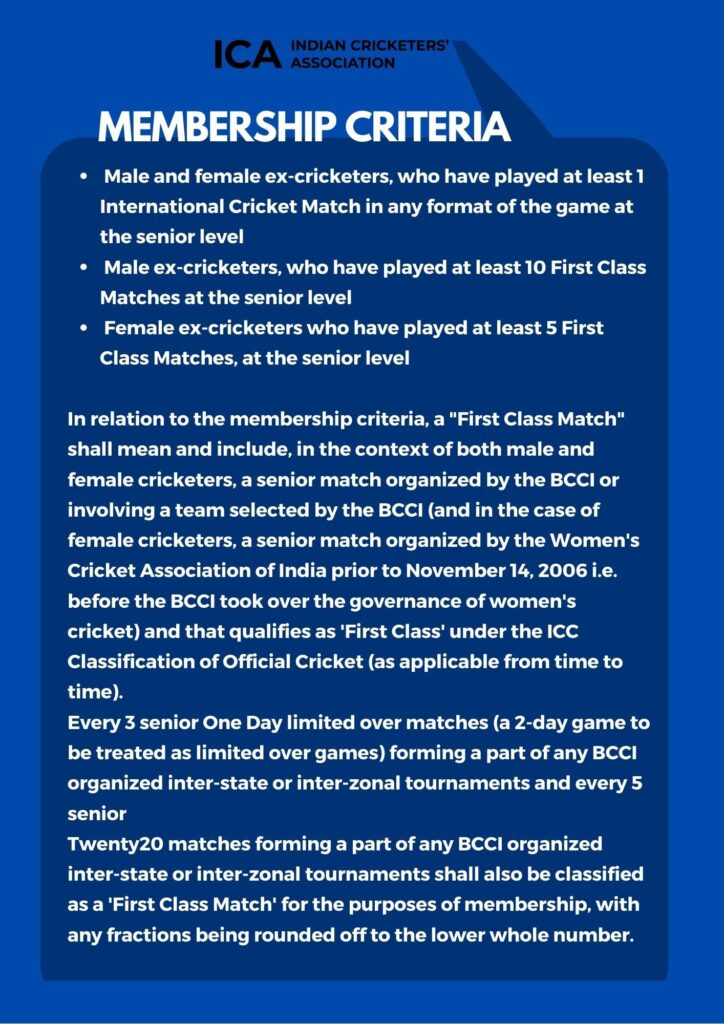RAM SINGH AND HIS CRICKETING CLAN

By:- V Ramnarayan
Email: vramnarayan@gmail.com
Thangarasu Natarajan’s spectacular ascent to international cricket led to widespread speculation about the role played by caste and community in Tamil Nadu cricket. I have long held the view that cricket selection in the state has largely been a meritocracy, though it has never been easy for the poorer kids to make it big in the sport as in many other fields. The list of TN’s international cricketers is broad-based enough to include both upper caste and other names. Players like C Ramaswami, MJ Gopalan, CR Rangachari, CD Gopinath, AG Kripal Singh, AG Milkha Singh, VV Kumar, S Venkataraghavan, K Srikkanth, L Sivaramakrishnan, TA Sekar, WV Raman, M Venkataramana, Robin Singh, S Sriram, Aashish Kapoor, L Balaji, T Kumaran, Hemang Badani, R Ashwin, M Vijay, Dinesh Karthik, Washington Sundar and T Natarajan were selected on the basis of their talent and performance, not their caste or community.
TN cricket has always celebrated its outstanding performers of non-Tamil origins as much as its sons of the soil. In the 1960s, a popular joke that did the rounds had it that you had a good chance of being selected for the state if you answered to the name of D’Costa, Monteiro or Ferreira. In a serious vein, no history of the state’s cricket can be even remotely complete without mention of the superb Sikh contribution to it. The Ram Singh family in particular was an integral part of it for over seventy years. The story has often been repeated of how the late patriarch of that unusual cricketing clan was denied a place in the Indian team despite being far and away the best all-rounder of his time. Yes, Amritsar Govind Ram Singh was a towering figure in Madras cricket in the first two decades of the Madras Cricket Association.
Besides scoring more than 1500 runs at an average of 35 plus and taking over 150 wickets at a pusillanimous average in the Ranji Trophy, the Sardar of Chepauk contributed three sons to the state team, two of whom went on to play for India. An even greater contribution was his coaching of three generations of young cricketers in the state and elsewhere in India.
The bright spot of most young cricketers’ school years in Chennai was being sent to attend coaching camps at the Madras Cricket Association’s BS Nets, where many were lucky enough to come under the benevolent gaze of A.G. Ram Singh and T.S. Worthington, two wonderful coaches. Both knew when to coach and when to leave well alone. K.S. Kannan, who assisted them, was another marvellous coach with great empathy, especially for the diffident among the boys.
Almost every cricketer who knew A.G. Ram Singh not only loved and respected him but owed him at least a small debt of gratitude – for a kind word at the right time, a vital piece of advice when things were going wrong with our cricket, or just his strong, quiet presence in the sidelines at important games.
Ram Singh was the chief destroyer of Mysore in the inaugural Ranji Trophy match at Chepauk in December 1934, taking eleven wickets in the match. For years after that, he repeated that kind of bowling performance many times, and was also the team’s most consistent batsman.
A tribute written in 1953 said: “Anybody who goes through the scorebooks of the Madras Cricket Association will be struck by the amazing consistency of A.G. Ram Singh, the stockily built all-rounder. It would indeed be a truism to repeat that Ram Singh bore the burden of Madras cricket on his shoulders as very few had done before and none after him. Centuries flowed from his bat while with his left-handed spinners he sent many a batsman to his doom. More than any other, Mysore and Hyderabad States have cause to remember Ram Singh’s prowess, for against them he was in his best form. Not that Ram Singh did not prove himself against better teams than those. Just after the War, he bearded the lion in its own den, when in the zonal tournament at Bombay, he scored a magnificent century against the best of India’s bowlers. It was an innings that many who witnessed it said should have earned Ram Singh a place in the Indian team to England in 1946 but the ‘nabobs’ of cricket thought otherwise.”
Before his father moved to Madras, young Ram Singh lived just a huge six away from the scene of the Jallianwala Bagh massacre in Amritsar. “He and other members of the family were locked in a small room and they could hear the gunshots and the shrieks of the people,” wrote K. Sunder Rajan, Sports Editor, The Hindu, in 1980.
An avid spectator of British soldiers’ cricket, the young sardar was fascinated by the doings of the Englishmen on the Island ground and Chepauk once he came to Madras, and found he was a natural. According to Sunder Rajan, “On the day he landed in Madras, his father wanted to take him to the beach. On the way he saw members of the Madras Cricket Club practising at Chepauk. He was so passionately fond of cricket that he appealed to his father to watch cricket rather than go to the beach.”
In the first Ranji Trophy season, Ram Singh took 6 for 19 and 5 for 16 against Mysore, scoring 14 in a total of 130. Against Hyderabad, he scored 74 and 70 and had bowling figures of 5 for 88 and 6 for 71.
In the second season, 1935-1936, he made 25 and zero versus Mysore, but took one for 63 and 5 for 55. Against Hyderabad, he claimed 2 for 77 and 6 for 32, besides remaining unbeaten in both innings with scores of 121 and 57. In the semifinal, which Madras won by 91 runs, he made 9 and 11, while capturing 4 for 43 and 4 for 30 against Bengal. In the final that Madras lost to Bombay, the sardar scored 32 and 3 while returning figures of one for 77 and 5 for 92.
Ram Singh was overlooked when the Indian team to tour England was chosen in 1936. Ten years later, he once again missed the boat despite a brilliant century in a trial match on the eve of the tour of England. (In the only Ranji Trophy tie Madras played in 1935, losing to Mysore, Ram Singh had scores of 40 and 17, and took 3 for 64 and one for 80. Next year, the same fate befell Madras, and Ram Singh scored 32 and went wicketless in a short spell against Mysore.)
Madras or, for that matter, Tamil Nadu later, has not produced many genuine left arm all-rounders. Ram Singh was perhaps the only one in that category to show equal prowess in both batting and bowling.
A keen student of the game who came under the influence of the Sussex professional A.F. Wensley, Ram Singh eschewed all frills in his batting and believed in spending long hours at the nets. He was a strong hooker of anything pitched short, but generally waited for the bad ball, rather than try to play extravagant strokes. He played long innings and revelled in crisis situations. In short, he was the Mr. Reliable of the pre-Independence Madras team.
Starting out as a quickish spin bowler in his youth days, Ram Singh developed ‘a tantalising flight’ in his mature years. His accuracy was proverbial and ‘never say die’ his philosophy as a bowler. On a rain affected wicket or a turner, he was virtually unplayable.
Ram Singh took to coaching after his playing days, serving in the National Institute of Sports as part of the Rajkumari Amrit Kaur scheme. He coached well into his eighties and was much beloved in the Venkata Subba Rao School where he continued his work after his retirement from official duties at the Tamil Nadu Cricket Association.
He was arguably the greatest cricketer never to have played for his country. He had the satisfaction of watching two of his sons grow up into Test players and at least one more develop into a Test class batsman kept out by injury. His grandsons too played good cricket, living testimony to the Ram Singh heritage. They, like hundreds of other Tamil Nadu cricketers, learnt their cricket at his knee.
A G Kripal Singh was the eldest of Ram Singh’s sons and the finest all-round cricketer of them all. An accomplished batsman, ‘Pali’ as he was known to one and all was an astute strategist, an inspiring leader of men and a clever off spinner, who won many a psychological battle over batsmen of class. Hopes of a bright career were raised when he made a splendid century on debut against New Zealand at Hyderabad in 1955.
At one time tipped to lead India, Kripal lost out on account of an alleged tendency to court trouble off the field. An interesting conversationalist and a keen student of the game, Kripal was popular among his peers as well as players much younger, especially during his stint as a national selector.
Kripal Singh was a new recruit in the Madras team that beat Holkar at Indore in the Ranji Trophy final in 1955, and an unknown quantity, whose brilliant all round display in that match took the formidable host completely by surprise. In fact, Kripal’s performance that year was a major factor responsible for the success of Balu Alaganan’s men.
Younger brother A G Milkha Singh, possibly the best left-hand batsman of the sixties, came into prominence during the 1960 tour of Pakistan by the Indian Starlets. Many experts felt he was every bit as good a batsman as Ajit Wadekar, if not a better one, technically sounder, and more accomplished in terms of strokeplay. He was one of the unluckiest cricketers of the time, though blooded young by the Indian selectors. He was hardly 18 when he made his debut and while he batted impressively against Pakistan and Australia, he did not make a substantial score. Soon, he was literally booed out of Test cricket by a cruel, boorish crowd that apparently found his ‘Sikh’ness so amusing that it barracked him every moment he was on the field. And for a sensitive teenager trying to concentrate on his batting against Test class bowling, it was all a bit too much.
The youngest brother Satvinder Singh was a superbly organised right-hand batsman, whose several innings of quality in the Ranji Trophy marked him out as a future Test prospect too, until a road accident damaged his knee permanently. At the local level, two of his innings, separated by 14 years, remain etched in memory.
Another fine product of the Ram Singh stable is Arjan Kripal Singh. Arjan’s class was confirmed by his impressive Ranji performances, including his triple century against Goa.
(V Ramnarayan is a former First Class cricketer, the views expressed here are personal)

